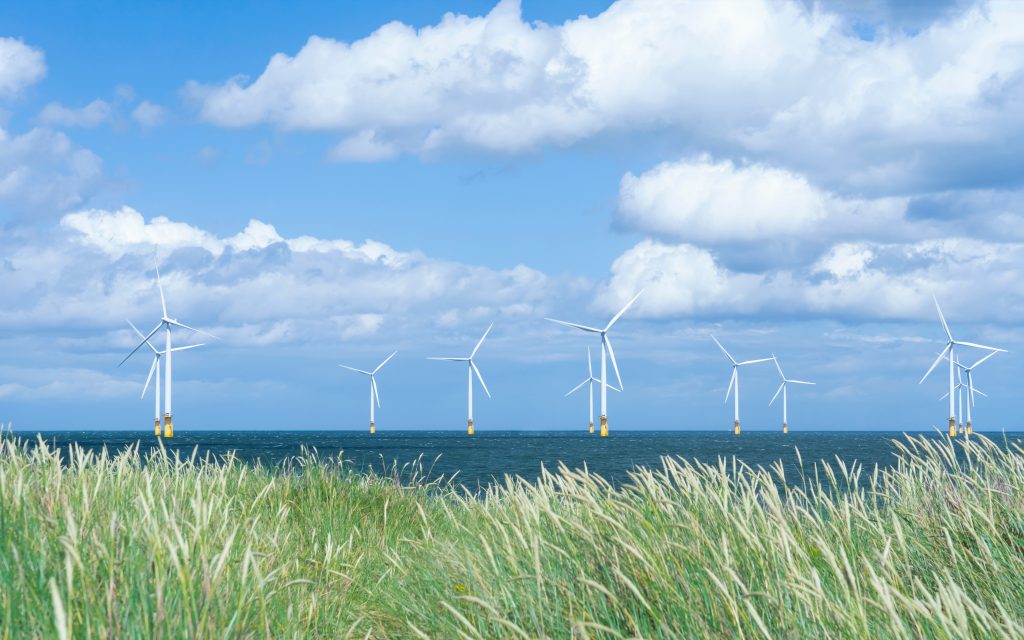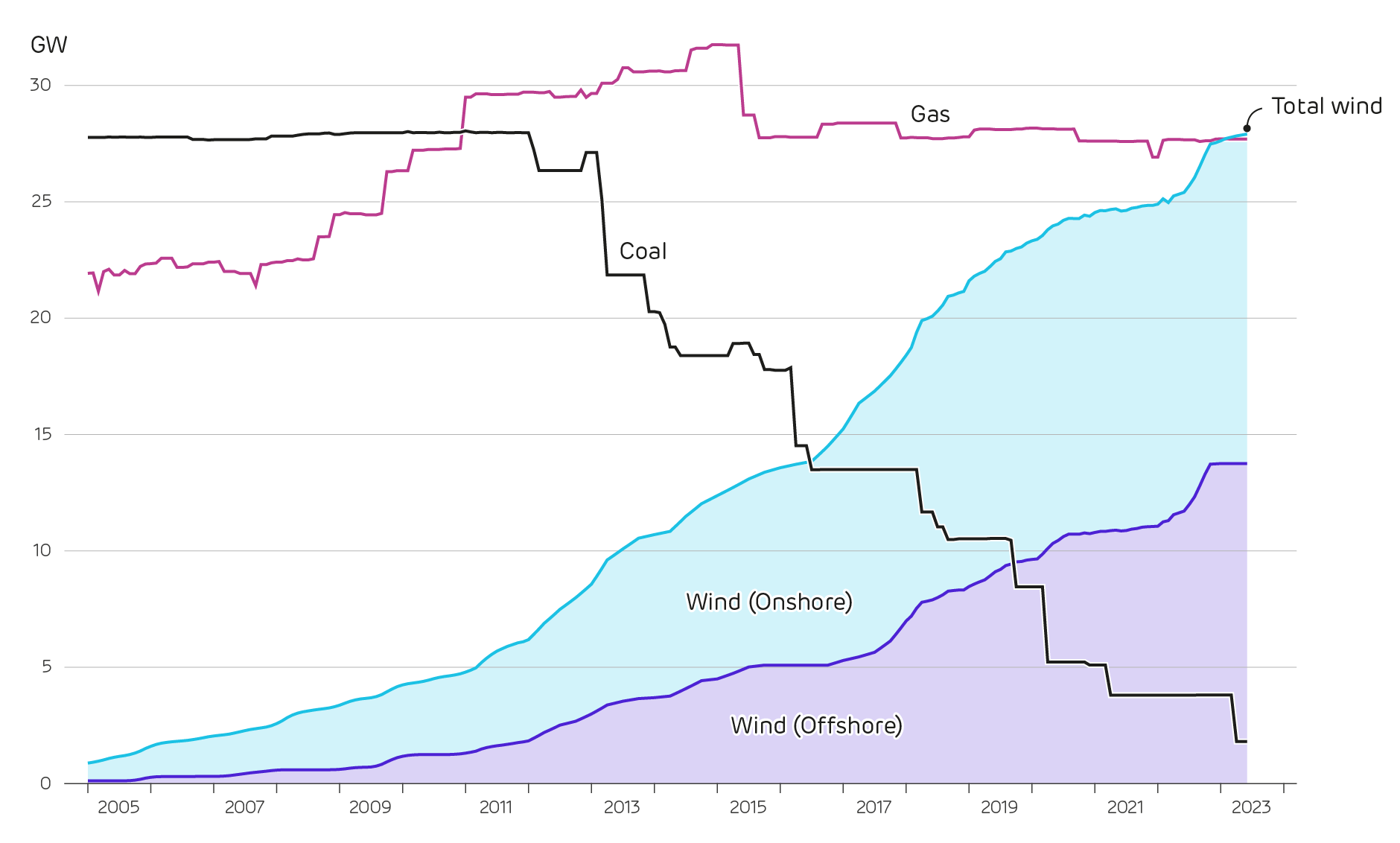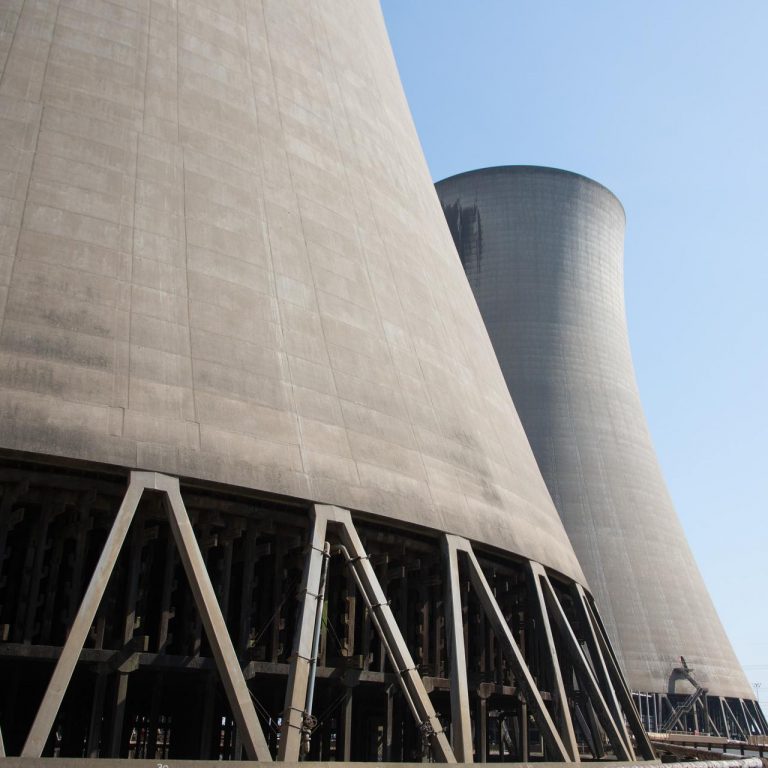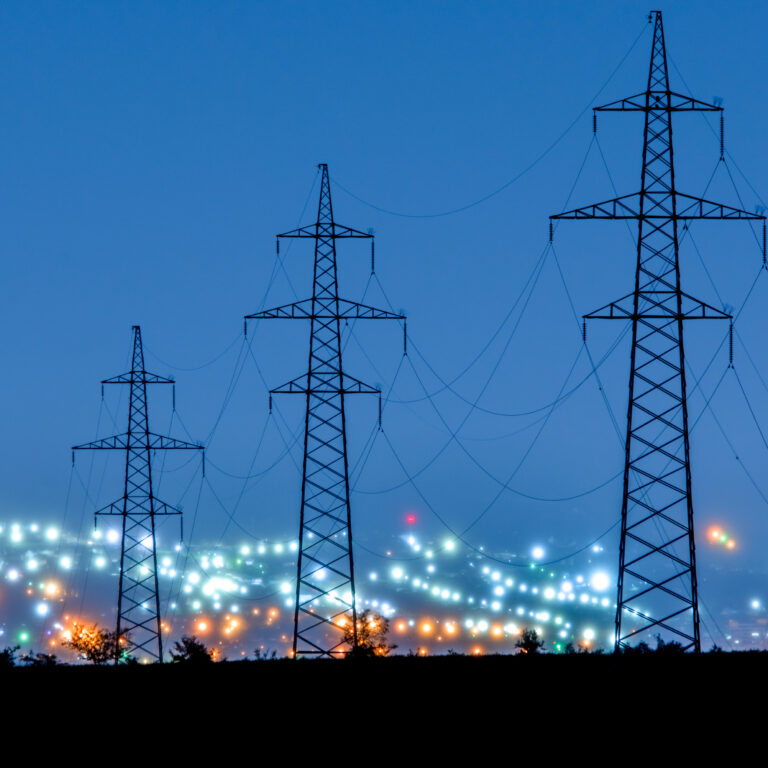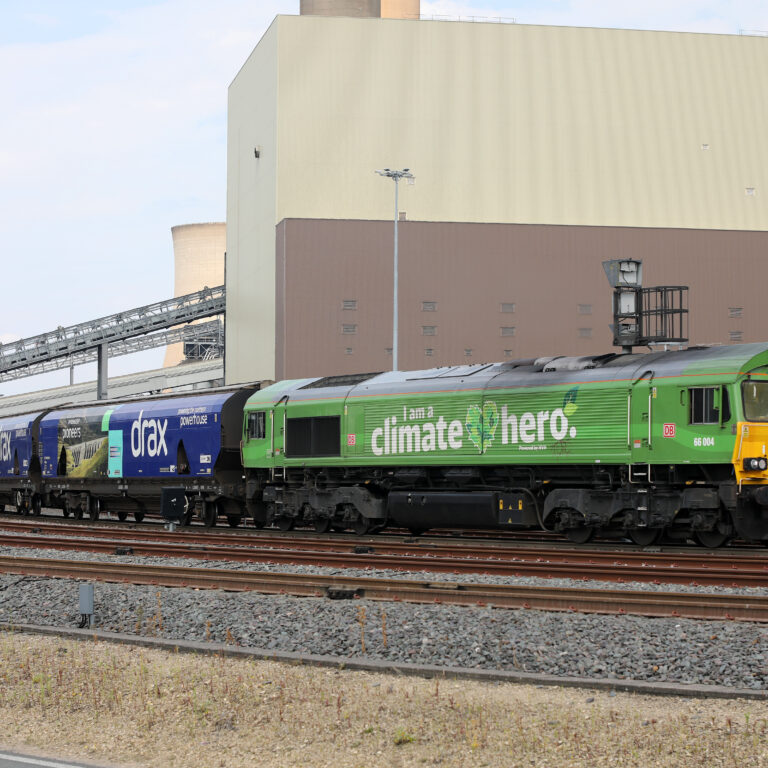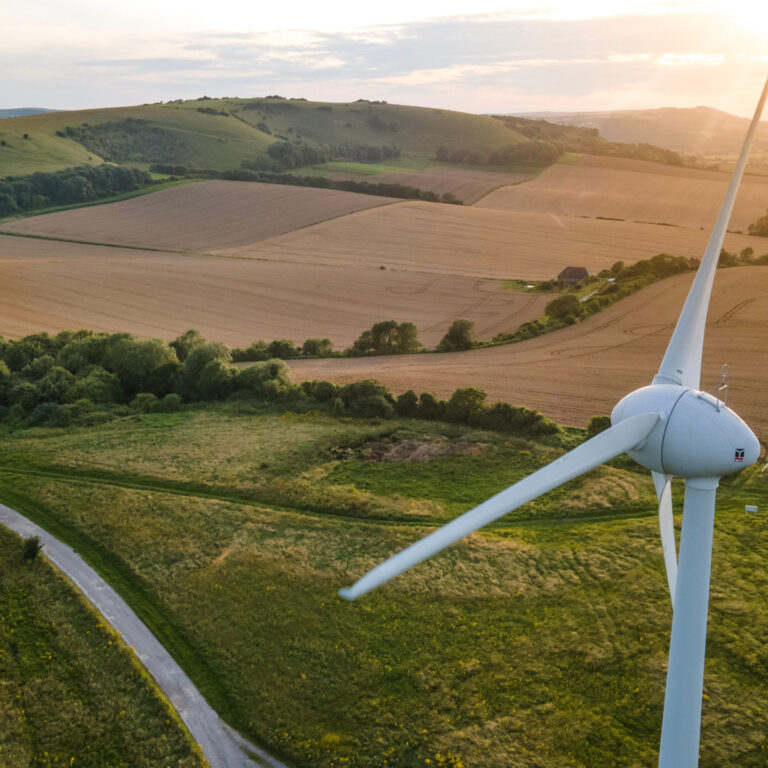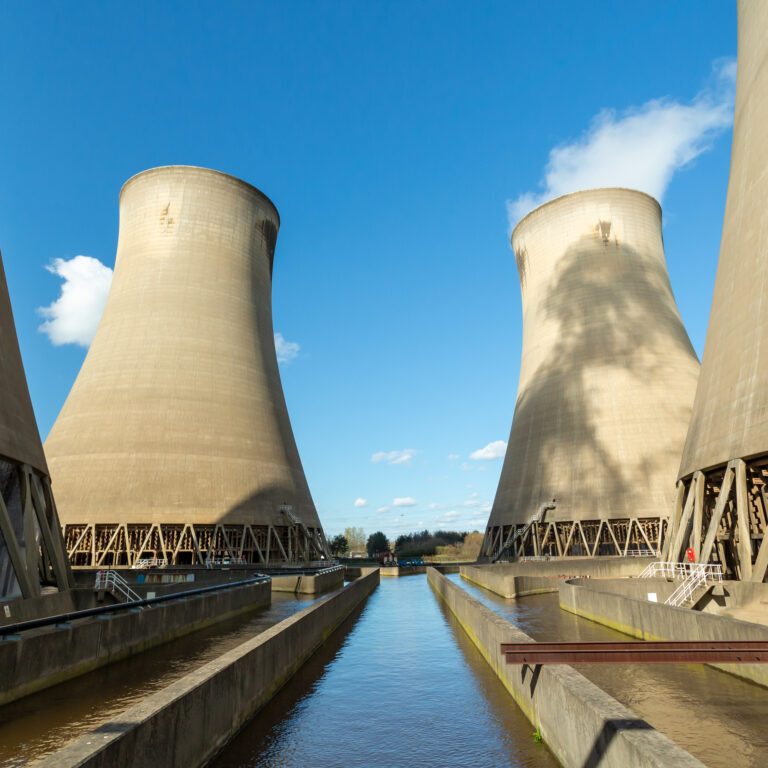- After more than a century of fossil fuels dominating the UK’s power grid, Britain now has more installed wind capacity than gas generation.
- New data from Drax Electric Insights also shows output from gas power stations fell year on year by 23% in Q2 2023 and output from coal fell by 75% to its lowest level on record.
- Carbon emissions from electricity production fell to less than 10 million tonnes of CO2 in the second quarter of 2023 for only the second time on record
New analysis from Imperial College London for Drax Electric Insights has found that for the first time ever, installed wind capacity has surpassed gas, reaching 27.9GW in June compared to the 27.7GW installed capacity of gas generation.
As a result, after more than a century of fossil fuels dominating Britain’s electricity grid, coal and gas power generation has plummeted at the fastest rate outside of the pandemic.
In its latest quarterly report, Drax Electric Insights has found that output from gas-fired power stations fell by 23% in Q2 2023 compared to the same quarter last year. Meanwhile output from coal, which was once was the backbone of grid, was slashed by 75% to its lowest levels on record.
Overall, carbon emissions from electricity production fell to less than 10 million tonnes of CO2 in the second quarter of 2023 for only the second time on record, with the only previous occasion being due to the destruction of demand from Covid-19 lockdowns.
The figures come amid new data showing that for the first time ever, the UK has more wind power capacity installed than gas.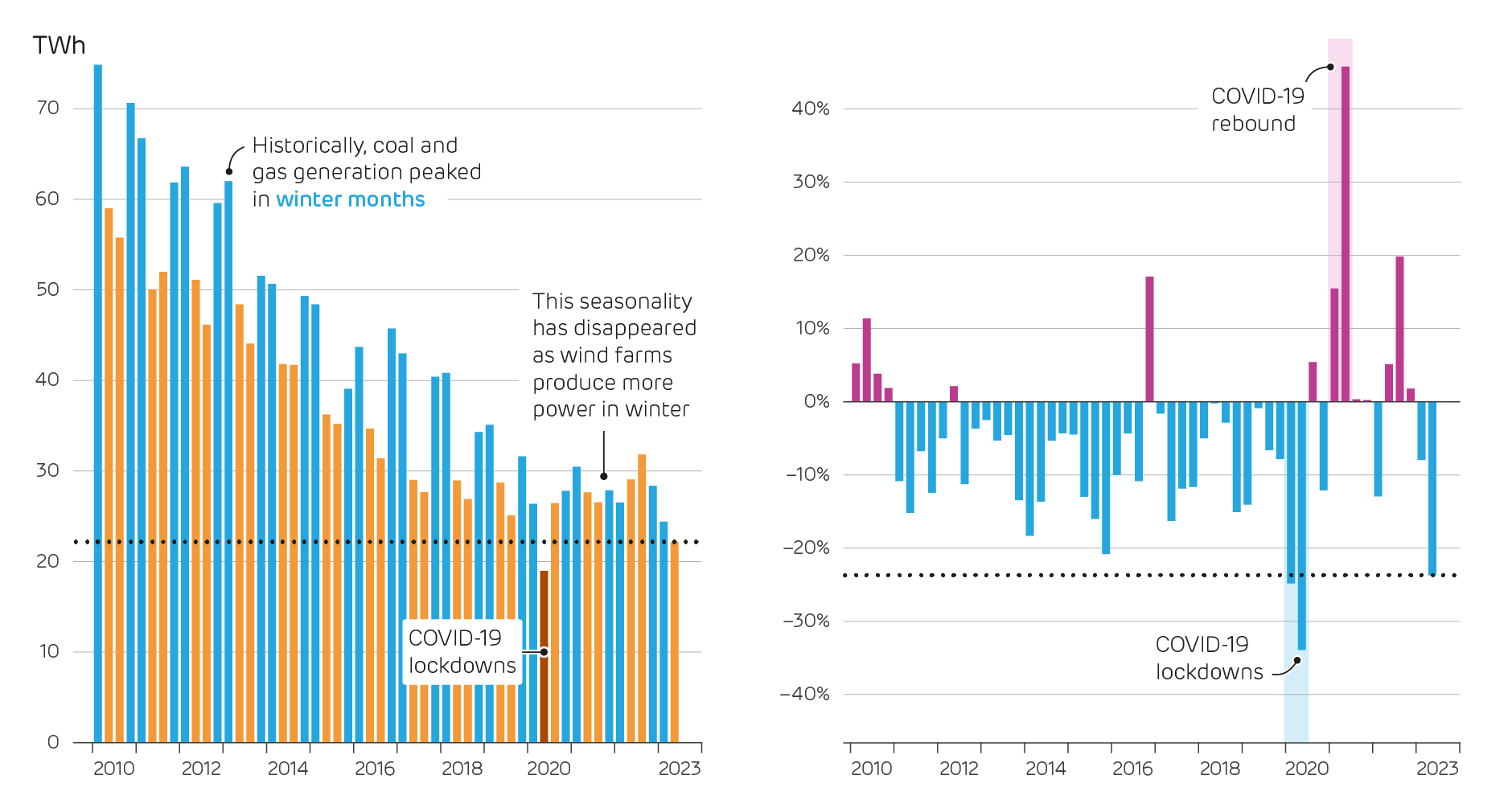
Left: Electricity generated from fossil fuels in Britain during each quarter since 2010 Right: Year-on-year change in electricity generated from fossil fuels in Britain during each quarter since 2010. [click to view/download]
Dr Iain Staffell of Imperial College London, and lead author of the quarterly Drax Electric Insights report series, said:
“Wind power is blowing away gas and coal from Britain’s energy mix and in just a decade, we’ve gone from relying completely on the polluting fuels of the past to embracing the clean energy technologies of the future.
“The shift to wind as the largest power source by capacity is a clear sign of the progress we’ve made, showing countries around the world that they can decarbonise their power grids when government and industry works together.”
Great Britain now has just one remaining coal-fired power station following Drax’s decision earlier this year to permanently end use of the fuel at its plant in North Yorkshire.
Once the largest coal-fired power station in Western Europe, Drax Power Station is now the single largest generator of renewable power in the UK. Over the last decade, four of the power station’s six generating units have been converted to use sustainable biomass, providing the UK with clean, green, and secure renewable electricity.
Penny Small, Drax’s Group Generation Director, said:
“Cutting the UK’s reliance on imported foreign gas and coal is critical to strengthening the country’s national energy security and tackling climate change.
“At Drax, we believe the UK’s next big focus should be on unlocking investment in technologies which permanently remove carbon from the atmosphere. That’s why we are progressing plans to deploy Bioenergy with Carbon Capture and Storage (BECCS) technology at scale in the UK and the US.
“BECCS is a remarkable technology that simultaneously removes millions of tonnes of carbon dioxide from the atmosphere while generating renewable electricity.”
ENDS
Aidan Kerr
Senior Media Manger
E: [email protected]
T: 07849090368
About Drax
Drax Group’s purpose is to enable a zero carbon, lower cost energy future and in 2019 announced a world-leading ambition to be carbon negative by 2030, using bioenergy with carbon capture and storage (BECCS) technology.
Drax’s around 3,000 employees operate across three principal areas of activity – electricity generation, electricity sales to business customers and compressed wood pellet production and supply to third parties. For more information visit www.drax.com
Power generation:
Drax owns and operates a portfolio of renewable electricity generation assets in England and Scotland. The assets include the UK’s largest power station, based at Selby, North Yorkshire, which supplies five percent of the country’s electricity needs.
Having converted Drax Power Station to use sustainable biomass instead of coal it has become the UK’s biggest renewable power generator and the largest decarbonisation project in Europe. It is also where Drax is piloting the groundbreaking negative emissions technology BECCS within its CCUS (Carbon Capture Utilisation and Storage) Incubation Area.
Its pumped storage, hydro and energy from waste assets in Scotland include Cruachan Power Station – a flexible pumped storage facility within the hollowed-out mountain Ben Cruachan.
The Group also aims to build on its BECCS innovation at Drax Power Station with a target to deliver 4 million tonnes of negative CO2 emissions each year from new-build BECCS outside of the UK by 2030 and is currently developing models for North American and European markets.
Pellet production and supply:
The Group has 19 operational pellet plants and developments with nameplate production capacity of around 5 million tonnes a year.
Drax is targeting 8 million tonnes of production capacity by 2030, which will require the development of over 3 million tonnes of new biomass pellet production capacity. The pellets are produced using materials sourced from sustainably managed working forests and are supplied to third party customers in Europe and Asia for the generation of renewable power.
Drax’s pellet plants supply biomass used at its own power station in North Yorkshire, England to generate flexible, renewable power for the UK’s homes and businesses, and also to customers in Europe and Asia.
Customers:
Drax supplies renewable electricity to UK businesses, offering a range of energy-related services including energy optimisation, as well as electric vehicle strategy and management.
To find out more go to the website www.energy.drax.com








